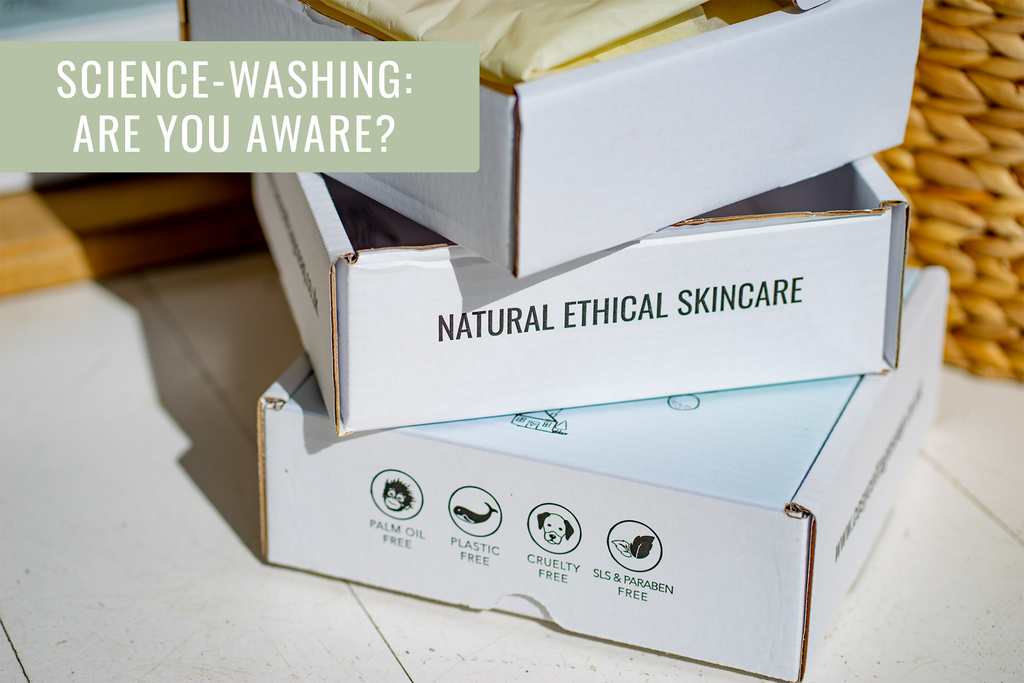Hyaluronic Acid and the Great Sciencewash

Alongside the greenwashing debate, an new terminology is emerging; ‘sciencewashing’, or the couching of a product, ingredient or process in scientific-sounding language, to create an air of complexity whilst simultaneously imbuing scientific-sounding credibility to claims of effectiveness!
A respected cosmetic chemist recently drew one such example to my attention. Hyaluronic Acid, the wonder-ingredient found in thousands of skin creams and lotions, particularly those aimed at the lucrative middle–aged facial skin sector. It hydrates, it plumps, it fills out wrinkles, it retains moisture and moreover it occurs naturally within the skin. It sounds irresistible!
Naturally occurring hyaluronic acid is not in fact an acid, it’s a sugar which is found within the lower layers of the skin. In those lower layers, hyaluronic acid absorbs water from inside the body to maintain the skin’s plumpness and softness. Its powers as an attractor of water in those lower skin layers are amazing; it can absorb over 1000 times its own mass in water.
That water is supplied by the water we drink. To keep our bodies and skin hydrated, the consistent advice is to drink more water, drink less alcohol, sleep more, smoke less … we all know it already.
The story when we apply synthetic hyaluronic acid (which is similar but not quite the same as the naturally occurring version) to the skin’s surface is a different story. For a start, the skin’s surface is is not where the majority of the naturally occurring hyaluronic acid resides. Recent commentary has suggested that at skin surface level, hyaluronic acid absorbs water from the atmosphere but also from the lower layers of the skin, drawing it to the surface from where it can evaporate. Many have raised questions as to whether this is helpful or whether it is in fact, dehydrating the skin more quickly than would have happened naturally!
Another question surrounds naturally occurring hyaluronic acid’s association with the inflammatory response. Several commentators have suggested that overuse of synthetic hyaluronic acid at the skin’s surface can lead to irritation, dermatitis and rosacea.
In summary, the scientific-sounding name, the natural presence in our skin and the promises of plumpness and hydration sound both credible and irresistible. Looking beneath the surface, long term use of hyaluronic acid could be creating a short term positive effect, as water is drawn away from the lower skin layers, at the expense of longer term hydration.
Drinking more water, reducing smoking and alcohol and getting more sleep might be the way to go instead. Interestingly, eating more sweet potato may be beneficial too, they’re a source of naturally occurring hyaluronic acid and moreover, they’re delicious.
At Cosy Cottage, we use ingredients which are both easy to pronounce, don't need complicated synthesis and require no animal testing. As for their effectiveness, we hope the wealth of positive feedback from our customers, will speak for itself.


I love this very honest clear exploration of the effects of Hyaluronic acid. Changing your face cream as you would change your attire here is key to use. It’s a temporary or cure approach to aging or very dry skin , not a permanent solution. I find clients don’t always want to make the lifestyle changes . With your diverse range of facial products that education process of mindful beauty is sure to change their thinking. Gx
Thank you that helps understand it a lot. There are fashionable science forced at us at intervals and this seems to be one! Xxxx
Leave a comment